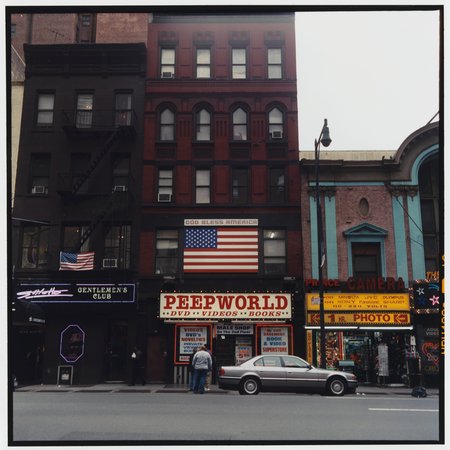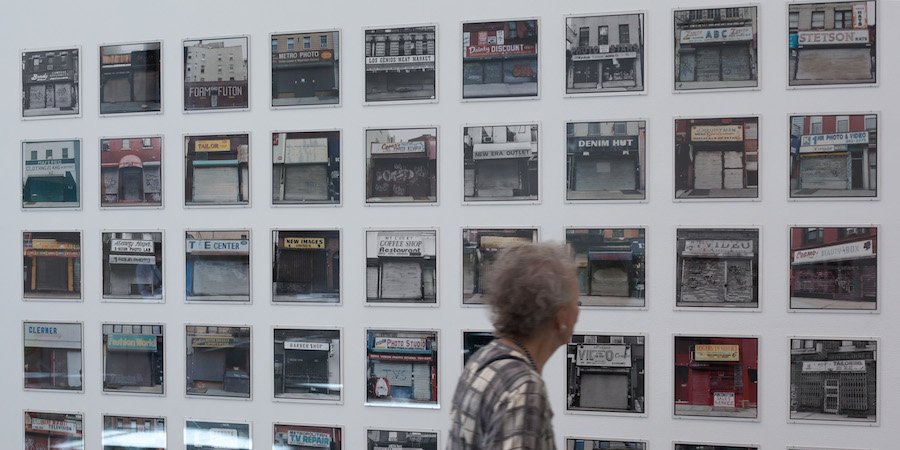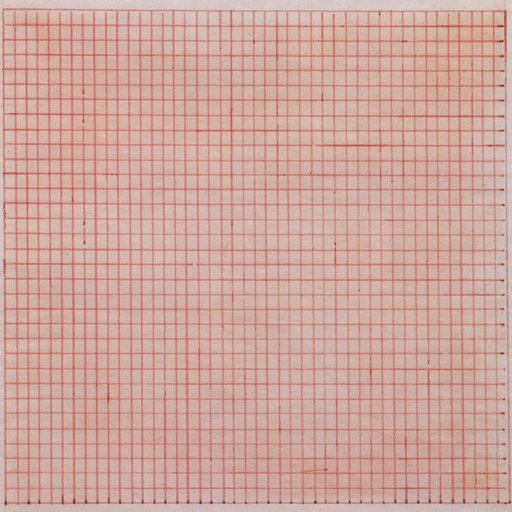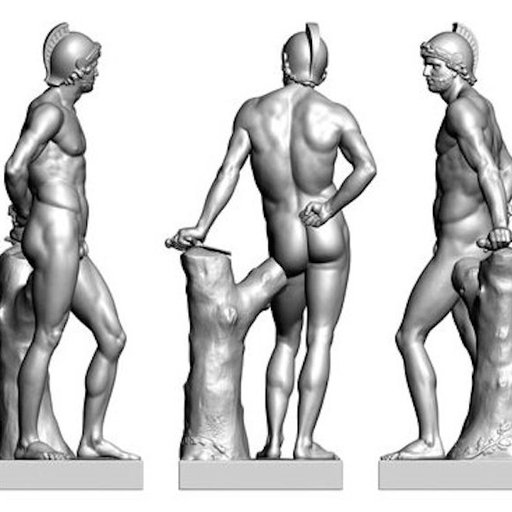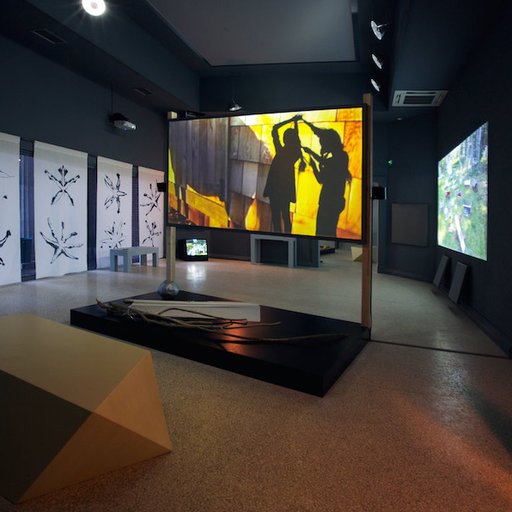It’s entirely appropriate that the Museum of Modern Art, home of many a documentary photo-archive, has given over its atrium to Zoe Leonard’s Analogue (1998-2009). This industrious series of 412 color and black-and-white prints, a decade in the making, chronicles the closing of small shops on the Lower East Side and in less gentrified parts of Harlem and Brooklyn, then follows the shuttered stores' inventory to the resale markets of Cuba, Mexico, Poland, and Uganda. It has been shown in various, often abridged forms, which have tended to magnify its hints of nostalgia, so seeing it in its entirety at MoMA is an opportunity that's not to be missed.
Tone-wise, Analogue falls somewhere in between Eugene Atget’s wistful accountings of 19th-century Parisian shopping culture and Allan Sekula’s rigorously investigative study of the global shipping industry. As Leonard’s series progresses, goods in shop windows give way to closeout-sale signs (“The End Is Near!”) and bundles of clothing that look like postminimal sculptures. Then, the items—cassette decks, fax machines, shapeless unisex apparel—reappear, this time on street carts or sidewalk tables and tarps. In one picture a box television sits in a wheelbarrow, cushioned by a pink blanket. Here it’s nearly worthless, but somewhere someone cares enough about it to bother moving it carefully.
Leonard takes a special interest in obsolete technology of the photographic kind; for the 2014 Whitney Biennial, she constructed a roomy camera obscura as a kind of meditative farewell to the museum’s uptown site. She shot Analogue with a 1940s Rolliflex camera, and nods to analog photography appear throughout the series—first in New York storefronts advertising one-hour film developing and later in bright yellow-and-red street vendor carts with homemade “Kodak” signs in Mexico and Uganda.
MoMA calls Analogue “a testament to the loss of both locally owned shops and straight photography.” But that’s not quite right. In its close attention to the creative merchandising of used goods—note the hand-painted images of televisions and cellphones on several shop walls, or the brooms with their handles propped up in burlap sacks and their colorful bristles displayed like plumage—the series complicates the standard documentary narrative of loss and obsolescence with celebrations of reciprocity and resourcefulness (and, perhaps, a gentle environmental admonition).
Our mom-and-pop stores are closing, but at least some of their wares are not going to waste. They're being reused and, possibly, reborn. And although Leonard completed the series a year before Instagram launched, it's impossible to look at her small, square-format prints in 2015 and not see another kind of hand-off taking place.
All images below: details from Analogue, 1998-2009. 342 chromogenic color prints and 70 gelatin silver prints, each 11 x 11" (27.9 x 27.9 cm). Courtesy of the Museum of Modern Art, New York.
